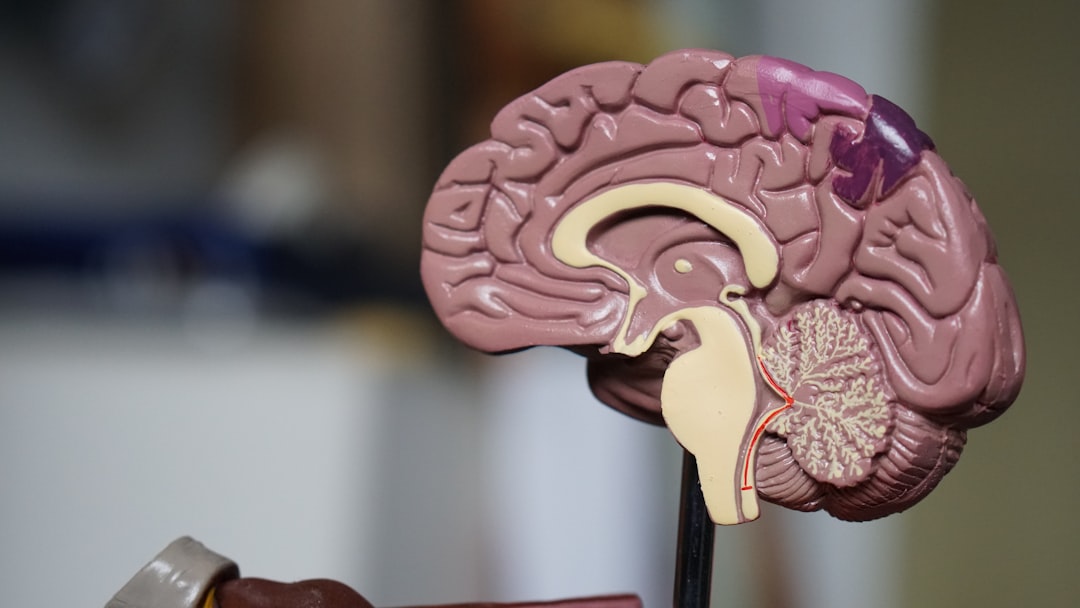What is it about?
Water pollution, mainly resulting to urban and agricultural discharges (nitrogen and phosphorus), have direct impacts on benthic ecosystems, such as coral reefs. Nutrient loadings have also been associated to a rapid loss of biodiversity in many reefs around the world’s oceans. Nowadays, the physiological mechanisms in which dissolved inorganic nitrogen and phosphorus affect the coral-dinoflagellate symbiosis are still under debate in the scientific community. This study sheds light on the divergent effects of nitrogen loadings (either under NH4+ or NO3- forms) on coral metabolism and physiology. While supply of ammonium tends to increase photosynthesis and calcification rates, nitrate requires more energy to be synthesized into molecules of interest and thus induces deleterious effects on the coral photobiology and physiology. More, it shows that coral health and survival are tightly linked to a balanced ratio of carbon, nitrogen and phosphorus in the water column surrounding reefs. These results help improving our understanding of the consequences of nutrient discharges on reef ecosystems, which is urgently required in order to refine risk management strategies.
Featured Image
Read the Original
This page is a summary of: New insights into carbon acquisition and exchanges within the coral–dinoflagellate symbiosis under NH 4 + and NO 3 − supply , Proceedings of the Royal Society B Biological Sciences, July 2015, Royal Society Publishing,
DOI: 10.1098/rspb.2015.0610.
You can read the full text:
Contributors
The following have contributed to this page










